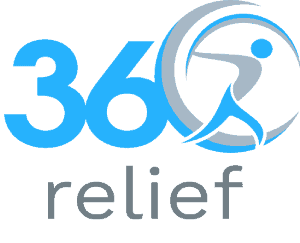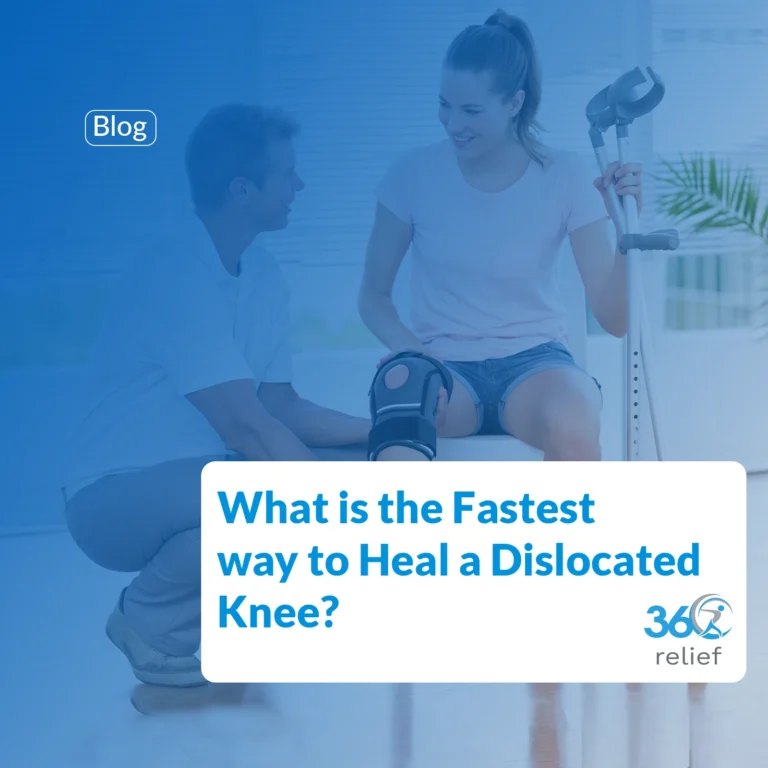
What is the Fastest way to Heal a Dislocated Knee?
A dislocated knee is relatively an uncommon injury. Ligaments connect the bones of the knee, which will result in a
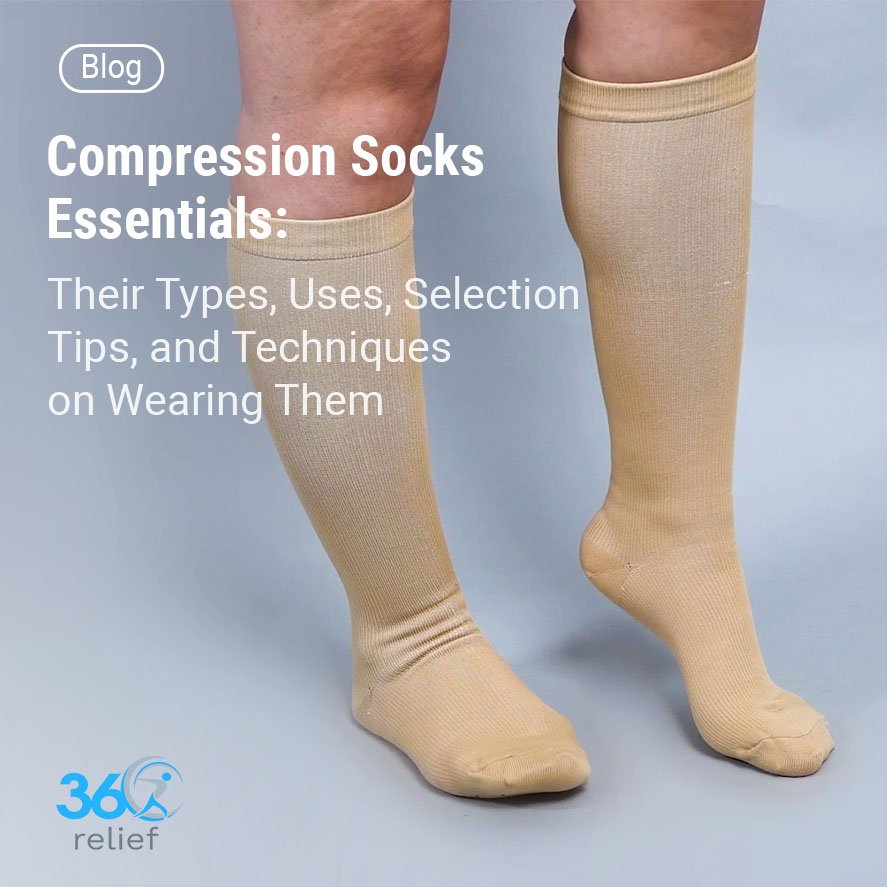
Compression socks are specialised garments, different from normal socks, helping provide targeted compression or pressure to legs and feet. Whether you are a regular traveller, a professional nurse, participate in athletic activities or an expectant mother, you may suffer from poor blood circulation problems to some extent. Here come compression socks that help boost your blood circulation, avoiding the risks of clot formation or any other circulation-related injuries. This article is a detailed account of the compression socks essentials. Throughout this article, we have discussed the common types and uses of compression socks. As well as this, you can get professional tips on choosing the right option for you. We have concluded this discussion with the best techniques and guide on wearing compression socks. So, let’s begin our discussion here;
Table of Contents
ToggleCompression socks are designed in different ways (compression levels) to meet the specific needs of users or wearers. For example, some compression socks are best for eliminating swelling and discomfort, some are best at reducing fatigue, some are best at improving circulation, and so on. The following are the common types of compression socks used on a large scale:
Graduated compression socks are designed to provide pressure or compression at different levels. This pressure is high at the bottom or ankle and gradually decreases upwards. Graduated compression socks help in a variety of conditions, including preventing blood from pooling, increasing blood circulation, minimising swelling, and reducing the risk of deep vein thrombosis, also known as DVT.
Anti-embolism compression socks are specifically designed to be used in medical conditions to prevent blood clot formation. These socks help in exerting consistent but moderate pressure on the legs. These socks can be beneficial for a variety of conditions, including promoting blood flow, preventing venous stasis, and reducing the risk of clot formation. The socks are specifically recommended for wear by patients who are recovering from surgery or are immobile.
Non-medical socks or hosiery are designed to offer mild compression levels. These socks are often used for fatigue reduction, general leg comfort, and offering a slight boost to blood circulation. These are not designed to treat any medical condition. These can be worn for daily life routines when you feel discomfort.
Compression socks are designed in different styles to meet the specific requirements of individual people. Here we come with the top styles used to design compression socks:
From preventing pain, swelling, and fatigue during sports, travelling and daily life routines, to promoting recovery or healing from injury or surgery, compression socks are worn for a variety of purposes. Below are the common uses of compression socks:
People involved in long hours of flights may be prone to swelling, leg fatigue, or circulation problems in the lower legs. Wearing compression socks for flying can help improve blood circulation and reduce the risk of blood clot formation. Thus, they help enhance overall comfort during long-hours flights.

Nurses are required to work for long hours on their feet. This practice may make them prone to leg discomforts, including pain, fatigue, and swelling. Wearing compression socks helps nurses reduce the chances of swelling and pain during long shifts or duties.

Hormonal changes and other conditions during pregnancy can cause pain and swelling in the lower legs. Wearing compression socks for pregnancy helps reduce leg swelling, promote blood circulation, and manage fluid retention, contributing to a healthy pregnancy experience.
It’s crucial to know when to wear compression socks during pregnancy. For this purpose, you must consult your healthcare professionals and let them decide when and how to wear compression socks to make your pregnancy session healthy.

Venous diseases may result from several medical conditions and other reasons. These diseases may include deep vein thrombosis, varicose veins, spider veins, and others. The common reason behind these venous problems is poor blood circulation. Wearing compression socks for venous problems helps improve blood circulation in the lower legs, improving the symptoms of venous problems.

Athletes and other sports professionals involved in continuous running and other strenuous activities may experience pain, swelling, and fatigue in the lower legs. Wearing compression socks for sports helps improve blood circulation throughout the sports session, helping reduce the risks of circulation problems.

People who are prone to leg problems during their normal routine or everyday lifestyle are also recommended to wear compression socks. Wearing compression socks helps keep your legs warm and active throughout their daily activities, helping prevent the chances of circulation-related injuries.

Choosing the right type of compression socks guarantees maximum benefits. Here we come with the possible tips, to help you choose the right compression socks according to your needs:
You must follow all other instructions, as recommended by your GP or healthcare professionals, maximising the results or benefits.
The wearing guide for compression socks comprises different factors, including the recommended time, the right type or size, and the compression levels. It is advisable to ask your GP or healthcare advisors to choose the right type and size. As well as this, ensure that you wear the compression socks under the time period set by your healthcare professional. Remember that wearing compression socks for a long or extended period may cause circulation or skin problems. Also, ensure that the compression socks are properly fitted. Too much tight compression socks may cut blood circulation, on the other hand, loosely fitted compression socks may not be able to provide needed compression.

A dislocated knee is relatively an uncommon injury. Ligaments connect the bones of the knee, which will result in a
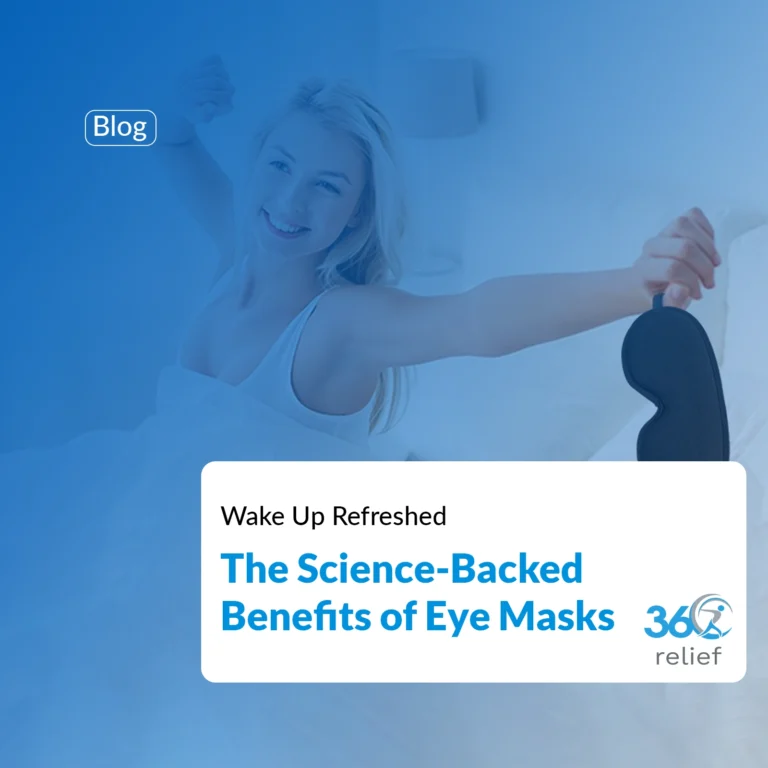
Sleep is something we all know we need, yet many of us don’t get enough of it. Whether it’s the
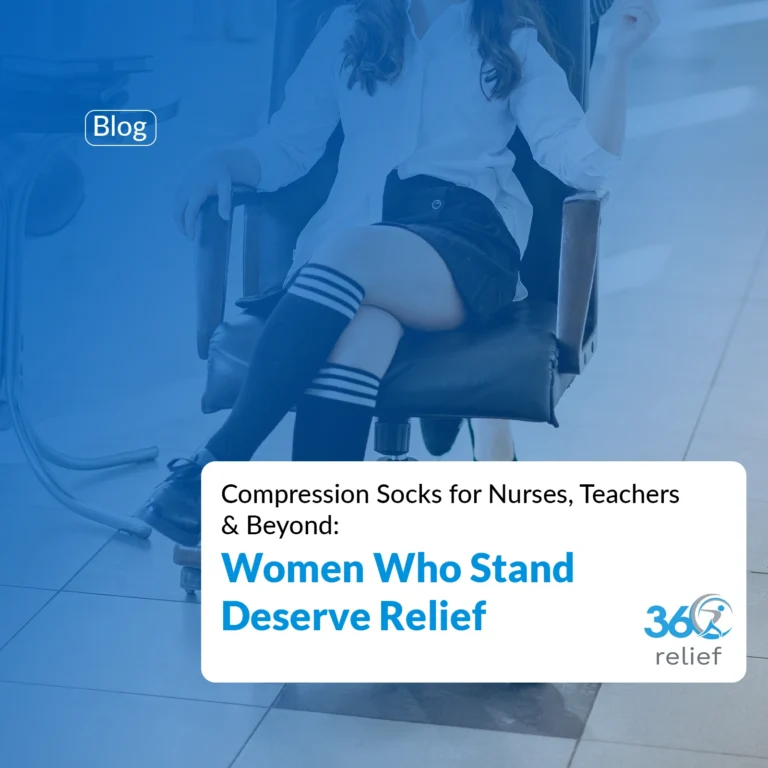
Introduction Long days on your feet can be exhausting. Whether you are caring for patients, teaching in a classroom, welcoming
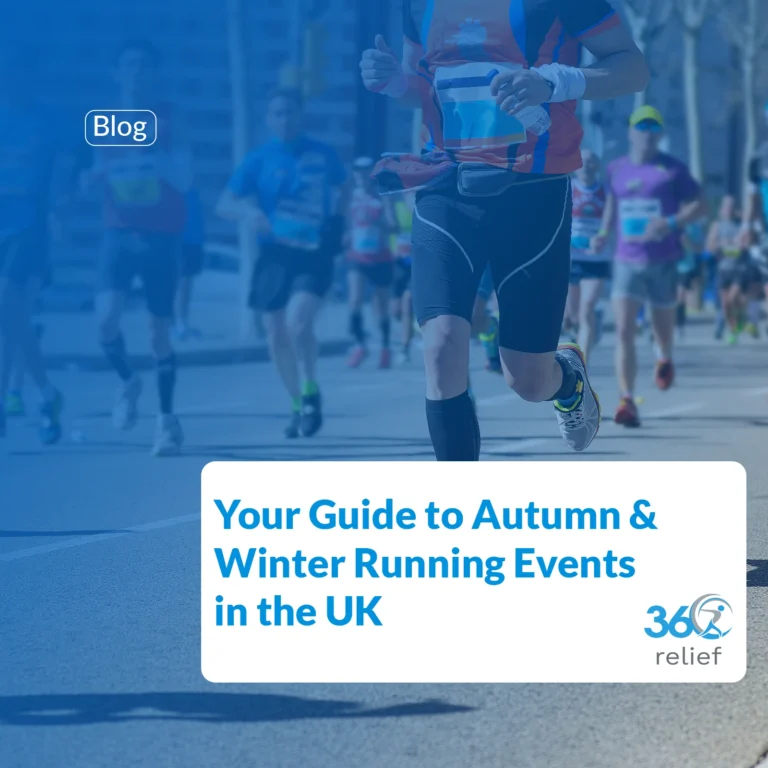
As the leaves turn golden and the evenings draw in, the running community across the UK doesn’t slow down. If
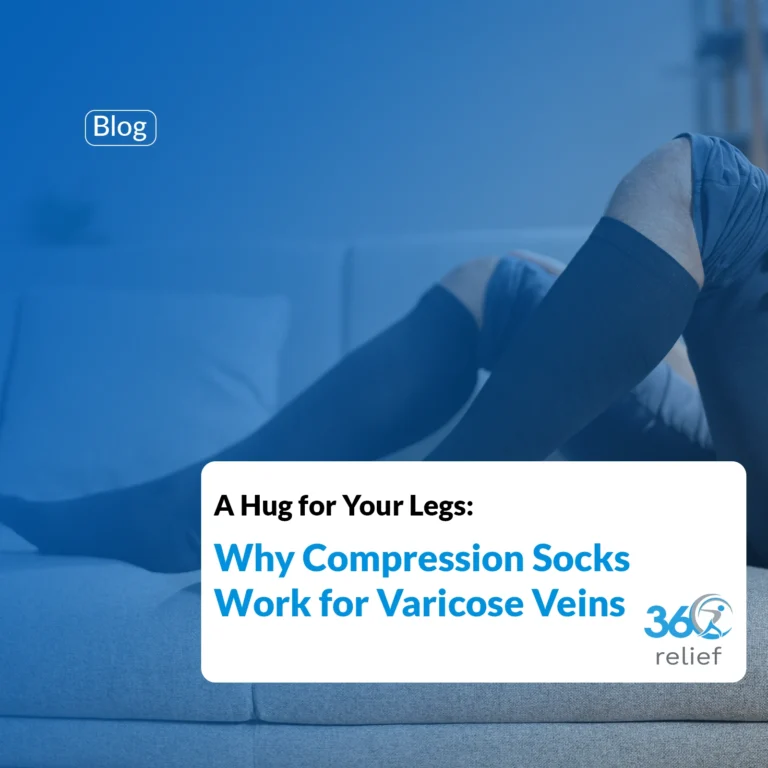
Varicose veins are more than just a cosmetic concern. For many people, they bring discomfort, swelling, and a heavy feeling
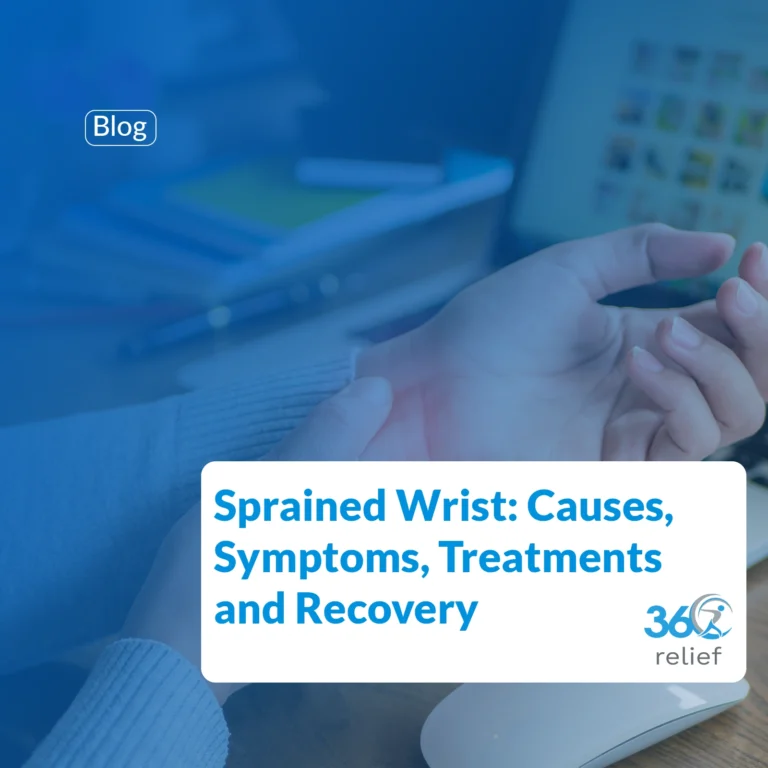
A wrist sprain(s) occurs when a ligament in the wrist is partially injured. Ligaments are the dense connective tissues that
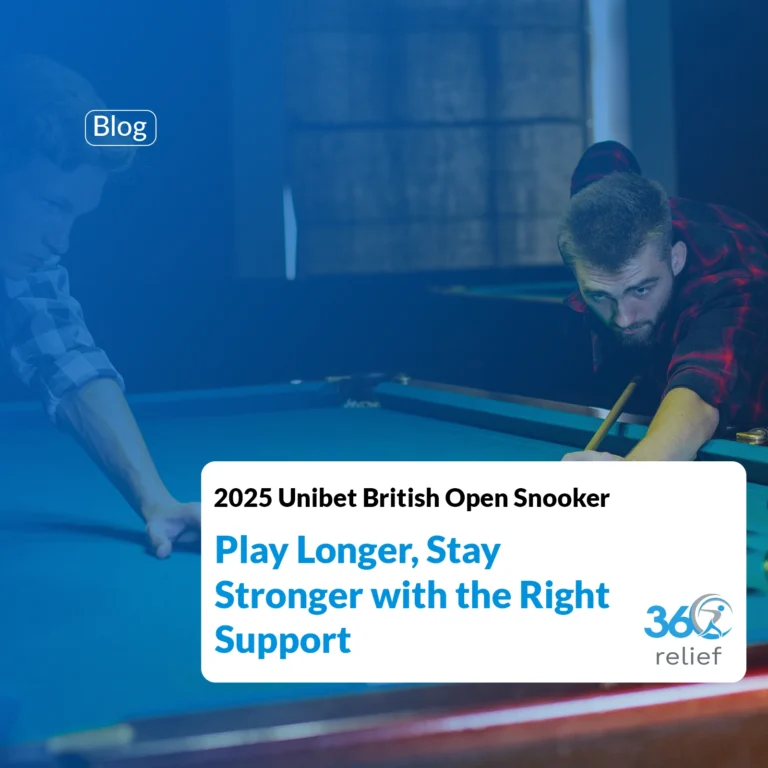
The 2025 Unibet British Open Snooker is just around the corner, and excitement is building as fans prepare to watch
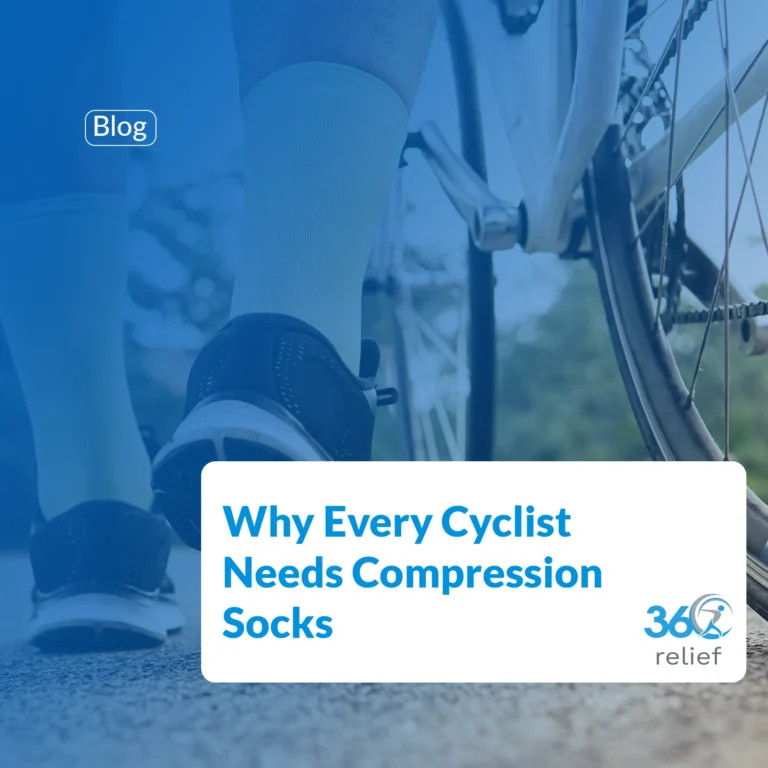
Cycling is one of the most rewarding sports for both fitness and leisure, but it also places high demands on
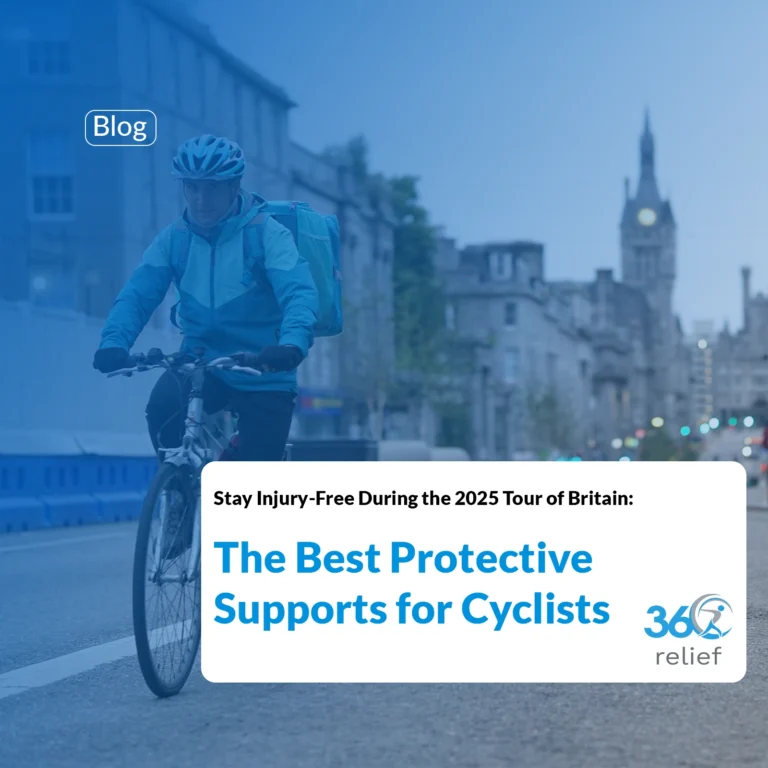
Cycling fans across the UK are gearing up for one of the most exciting events on the sporting calendar –

The World Boxing Championships 2025 are just around the corner, with Liverpool preparing to host some of the finest athletes
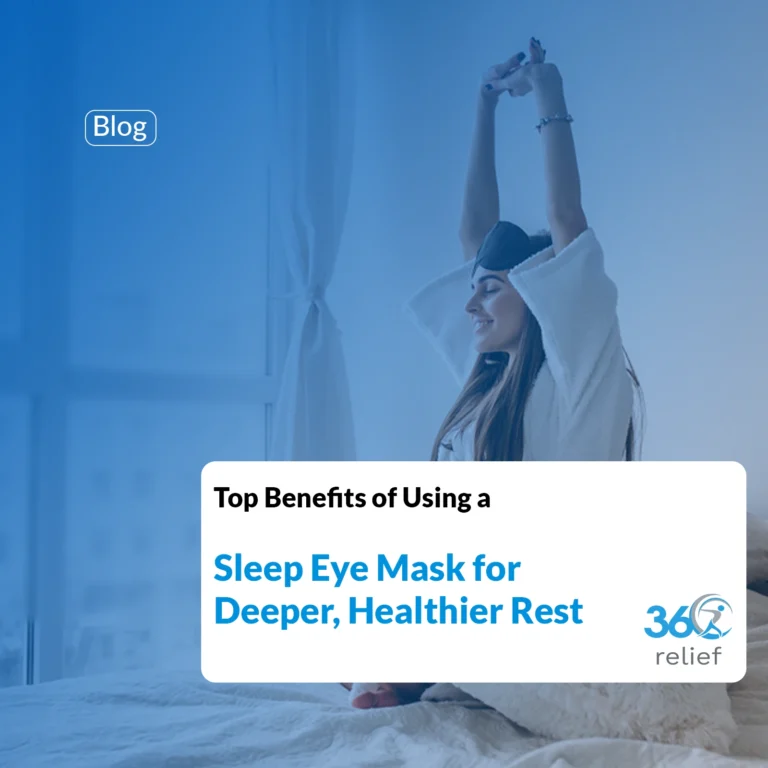
Getting enough sleep is one of the most important foundations of good health, yet many people in the UK struggle
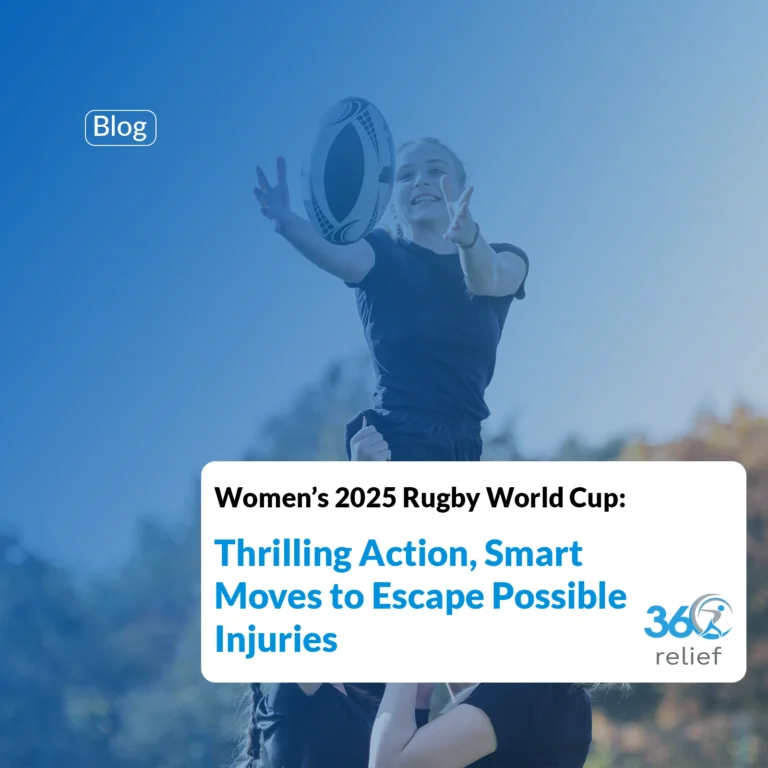
1. Introduction – Rugby’s Biggest Stage Returns to England From August to September 2025, England will host the most exciting
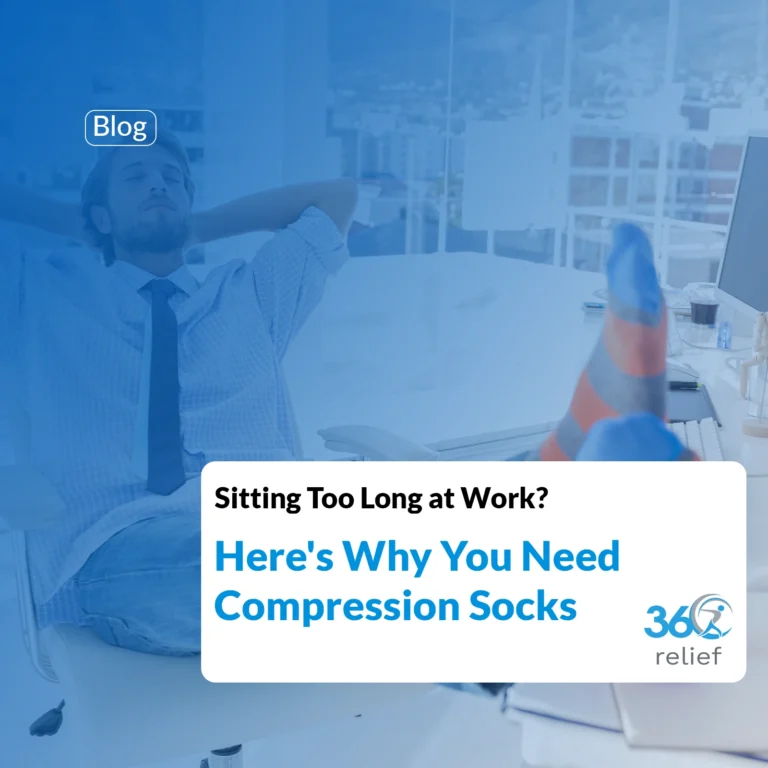
Modern workplaces often involve long hours at a desk, whether in an office or working from home. While sitting may
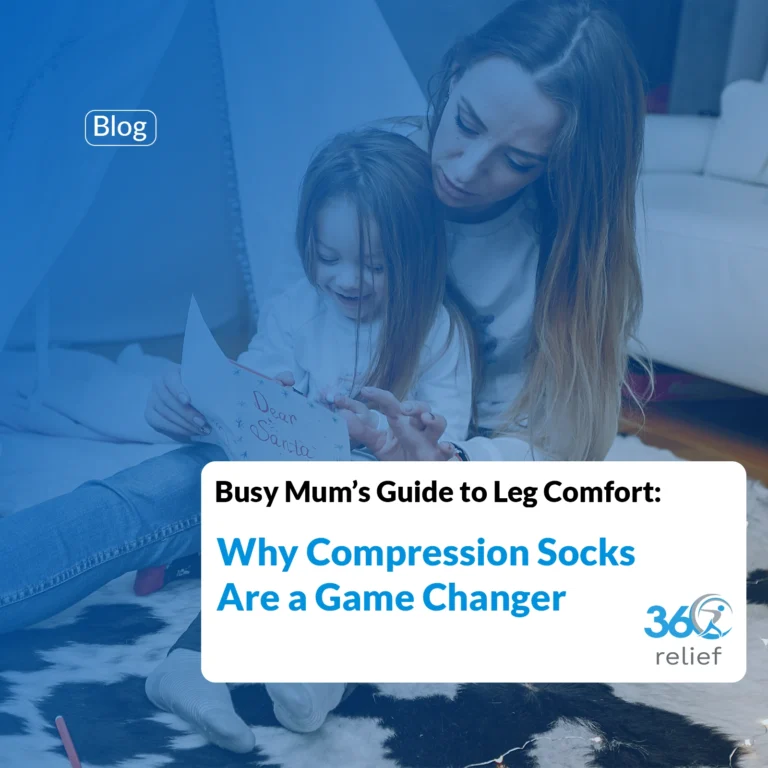
Mums are the true multitaskers of everyday life. From school runs to supermarket trips, from cleaning to working on your

Every year, thousands of people across the UK embrace Cycle To Work Day as an opportunity to swap four wheels

